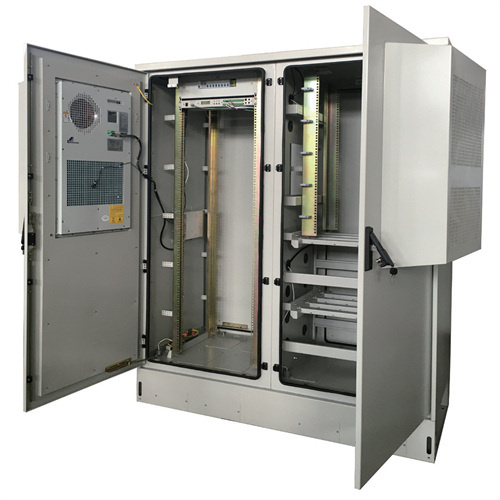About Ten years left to redesign lithium-ion batteries
Lithium-ion batteries work by shuffling lithium ions between two electrodes. Ions flowing from the anode to the cathode discharge a current, which powers the car. The lithium ions flow back when the battery is recharged. In commercial cells used today for electric vehicles, the lithium ions are held in tiny voids within.
If nothing changes, demand will outstrip production within 20 years. We expect this to occur for cobalt by 2030 and for nickel by 2037 or sooner. Car manufacturers and governments project that 10 million to 20 million electric cars will be produced each year by 2025. If each.
The answer is to make lithium-ion battery electrodes from common metals, such as iron and copper. A kilogram of iron, for example, costs just.
Several technological breakthroughs are needed to secure the future of affordable battery-powered transport. First, cell performance needs to improve. Materials scientists need to.25 July 2018. Ten years left to redesign lithium-ion batteries. Reserves of cobalt and nickel used in electric-vehicle cells will not meet future demand. Refocus research to find new electrodes.
As the photovoltaic (PV) industry continues to evolve, advancements in Ten years left to redesign lithium-ion batteries have become critical to optimizing the utilization of renewable energy sources. From innovative battery technologies to intelligent energy management systems, these solutions are transforming the way we store and distribute solar-generated electricity.
When you're looking for the latest and most efficient Ten years left to redesign lithium-ion batteries for your PV project, our website offers a comprehensive selection of cutting-edge products designed to meet your specific requirements. Whether you're a renewable energy developer, utility company, or commercial enterprise looking to reduce your carbon footprint, we have the solutions to help you harness the full potential of solar energy.
By interacting with our online customer service, you'll gain a deep understanding of the various Ten years left to redesign lithium-ion batteries featured in our extensive catalog, such as high-efficiency storage batteries and intelligent energy management systems, and how they work together to provide a stable and reliable power supply for your PV projects.
Related Contents
- Photo-accelerated fast charging of lithium-ion batteries
- Fast charging of lithium-ion batteries at all temperatures
- A review of current collectors for lithium-ion batteries
- Lithium-ion batteries class action
- How are lithium-ion batteries made
- The environmental impacts of recycling portable lithium-ion batteries
- Nickel-metal hydride vs lithium-ion car batteries
- Craftsman 19 2 volt drill driver with 2 lithium-ion batteries
- Lithium-ion batteries science and technologies
- Applications of lithium-ion batteries in grid-scale energy storage systems
- Nobel prize in chemistry 2019 lithium-ion batteries
- Silicon carbon composite anode materials for lithium-ion batteries


